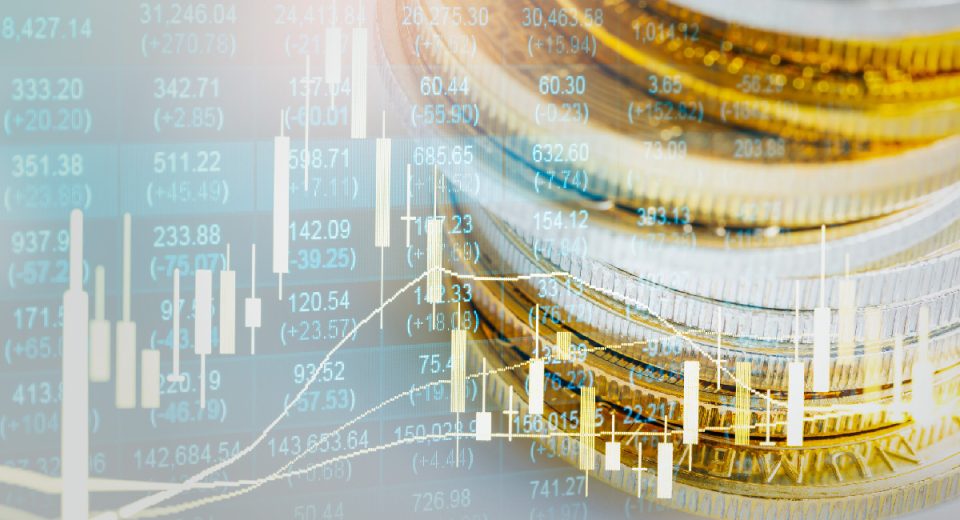Do the Day and Time of Trading Impact your Spreads?

The forex market operates 24/5, given the global nature of the market. The operations form a continuous cycle across time zones, starting with the Sydney session and ending with the New York session. As a trader learning about the dynamics of forex trading, you should also understand how the FX market behaves throughout the day and even across seasons. This can help you fine-tune your trading strategy based on the most convenient times for you to trade.
The Forex Market’s Operating Hours
As mentioned above, the forex market opens with the Sydney session on Monday morning and closes when the New York session ends on Friday. The overlap of sessions across different financial centres worldwide leads to the round-the-clock operation of the market. The four major trading hubs for FX include Sydney, Tokyo, London, and New York, with each witnessing its peak trading hours when tight spreads are most available.
The session timings across time zones are:
Sydney: 9:00pm to 6:00 m (UTC)
Tokyo: 12:00am to 9:00am (UTC)
London: 7:00am to 4:00pm (UTC)
New York: 1:00pm to 10:00pm (UTC)
Is there a Best Time of Day for Forex Trading?
There isn’t a specific “best hour” for forex trading, but certain times of the day do tend to offer more favourable conditions. For example, greater trading volumes are usually witnessed during the overlap of the London and New York sessions. Trading activity tends to peak at this time, resulting in higher liquidity, which translates into tighter spreads.
The optimal trading time will actually depend on your individual strategy, risk tolerance levels, and the currency pairs traded. For example, if you’re trading the EUR/USD pair, you might see better opportunities during the European and US trading sessions, when both the euro (EUR) and the US dollar (USD) are actively traded. Plus, these two currencies are the most popularly traded ones, which means you are likely to find a counterparty to your trade with the EUR or USD at most times, compared to less frequently traded forex pairs, such as minor and exotic pairs.
Overlap of Forex Trading Hours
Overlap of forex trading hours occurs when two trading sessions are active simultaneously. The overlap creates periods of increased trading activity since traders from more than one time zone are likely to participate in the market. The overlap of the London and New York sessions (12:00pm to 4:00pm UTC) and the Tokyo and London sessions (7:00am to 8:00am UTC) see the highest trader participation.
Although the Tokyo-London overlap is less intense than the London-New York one, it still provides ample liquidity, especially for currency pairs that include the Japanese yen and euro.
Exercise caution while capitalising on the overlapping hours by aligning your trading strategy with the increased market activity. Remember, risk management is indispensable, regardless of the market conditions or your confidence in your speculations.
How Important is the Timeframe in Forex Trading?
The timeframe can be any period during the day when you intend to trade. It can be measured in minutes, hours, or even weeks. The timeframe also plays a key role in technical analysis, determining the period for which you analyse the price trend to identify trading opportunities. Plus, the timeframe is important in terms of how long you wish to keep a position open. This will depend on your trading strategy. For instance, if you are scalping, your timeframe for trading will be in minutes or maybe even less. So, use a demo account to gain insight into what types of timeframes work best for you to analyse the market and place trades.
Are There Good Months for Trading in Forex?
Like all other financial markets, FX also tends to see seasonal trends. Certain months might exhibit distinct patterns due to factors like economic data releases, geopolitical events, and market sentiment.
For example, June, July, and August have historically witnessed lower trading volumes and reduced volatility. Most traders in the US and Europe go on vacation through the summer months, which leads to quieter markets. On the other hand, September and October often see increased activity as traders return from their summer breaks. Traders can seek to capture this renewed market participation.
However, unexpected developments may disrupt these traditional patterns. So, keep your eye on the economic calendar and breaking news to never miss out on an opportunity.
To Sum Up
- The Forex market operates 24/5, giving opportunities to traders across the world.
- The market’s operating hours are divided into four main sessions: the Sydney, Tokyo, London, and New York sessions, with each seeing its own peak trading hours.
- While there isn’t a single “best hour” for forex trading, the overlap of the London and New York sessions tends to see the highest activity through the day and, therefore, higher liquidity.
- The market also sees seasonal trends, with June, July, and August traditionally being quieter months with reduced volatility and September and October seeing a return to higher trading volumes.
Disclaimer
All data, information, and materials are published and provided “as is’ ‘ solely for informational purposes only and are not intended nor should be considered, in any way, as investment advice, recommendations, and/or suggestions for performing any actions with financial instruments. The information and opinions presented do not take into account any particular individual’s investment objectives, financial situation, or needs, and hence do not constitute advice or a recommendation concerning any investment product. All investors should seek advice from certified financial advisors based on their unique situation before making any investment decisions by their personal risk appetite. Blackwell Global endeavours to ensure that the information provided is complete and correct, but makes no representation as to the actuality, accuracy, or completeness of the information. Information, data, and opinions may change without notice and Blackwell Global is not obliged to update on the changes. The opinions and views expressed are solely those of the authors and analysts and do not necessarily represent those of Blackwell Global or its management, shareholders, and affiliates. Any projections or views of the market provided may not prove to be accurate. Past performance is not necessarily indicative of future performance. Blackwell Global assumes no liability for any loss arising directly or indirectly from the use of or reliance on such information herein contained. Reproduction of this information, in whole or in part, is not permitted.




